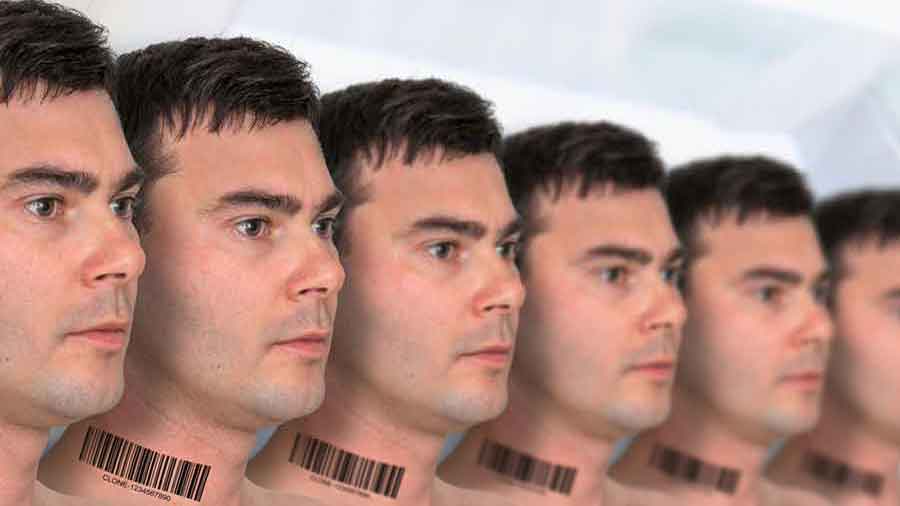It is on the passport; it is how criminals are identified in a line-up; or how old friends recognise each other on the street after years. A person’s face is inextricably tangled up with his or her identity and identification.Underpinning it all is the assurance that one’s looks and the Self are unique. Human beings, consequently, have been worshippers of individuality,the latter feted as a manifestation of autonomy and agency. Yet, history and culture have also been fascinated — sometimes perversely — with the doppelgänger. The look-alike has gripped the popular imagination for millennia. It is the subject of one of the oldest known works of literature, Gilgamesh; it has also inspired such playwrights, poets and novelists as Shakespeare, Shelley, Poe and Conrad. While literature and culture were fixated by, what was then believed to be a quirk of nature, the doppelgänger, history shows, often served nefarious purposes: Adolf Hitler, for instance, is rumoured to have had an army of doppelgängers, who bestowed the German dictator with more lives than a cat.
The excitement with the look-alike has now been renewed with science’s claim that two completely unrelated individuals may look deceptively similar.The answer, science says, lies in their DNA. A new study published in the journal, Cell Reports, claims that unrelated look-alikes may share more than just facial features. The study used facial recognition algorithms, genetic testing and questionnaires on daily life and behaviour to identify similarities between 32 pairs of look-alikes. The researchers ran the facial profiles of the participants through three different facial recognition algorithms.Each algorithm recognised the same 16 pairs from this set as ‘identical twins’. The doppelgängers not only shared similarities in DNA but were genetically predisposed to certain lifestyle traits, such as smoking habits as well as education levels.
Admittedly, there are potential pitfalls to linking — predicting — behavioural traits on the basis of shared facial features. Predictive surveillance models the world over have been found to be vulnerable to cultural prejudices regarding race and ethnicity. But researchers are hopeful that the knowledge that everyone might have a ‘secret twin’ — someone who looks alike in spite of not sharing one’s blood, so to speak — may lead to a “way to connect... the human race”. Could it then be that armed with the tradition of enchantment and, now, scientific data, human society can finally shed its hubris regarding individuality and distinction and learn to accept the seemingly wondrous phenomenon that is the doppelgänger? This sense of wonder, in turn, can create a world that is more accommodating.Wonder and awe, research has shown, have an “unselfing” effect on humans, reminding them of the vastness of the universe and all that it can encompass. What better way to ‘unself’ than to find a version of the Self that is both similar and different? The search for the doppelgänger — similarities in other words — might be exactly what a world riven by differences needs.











